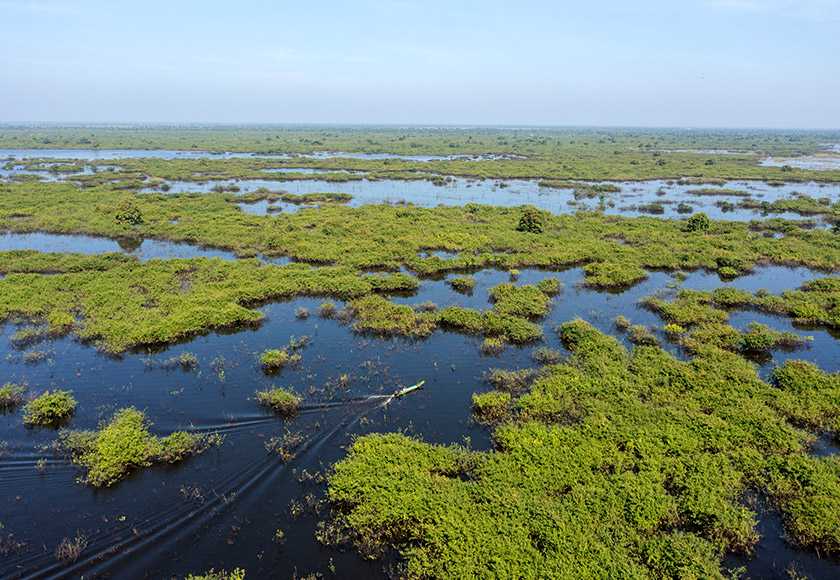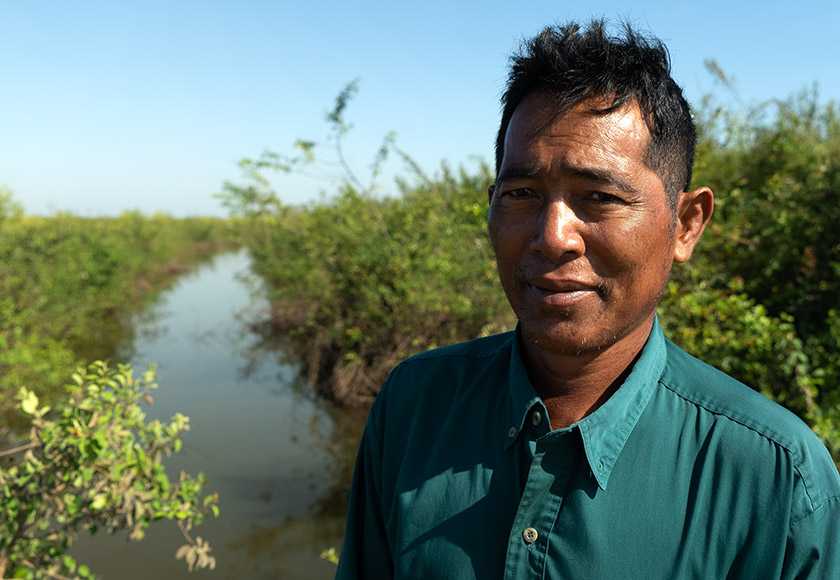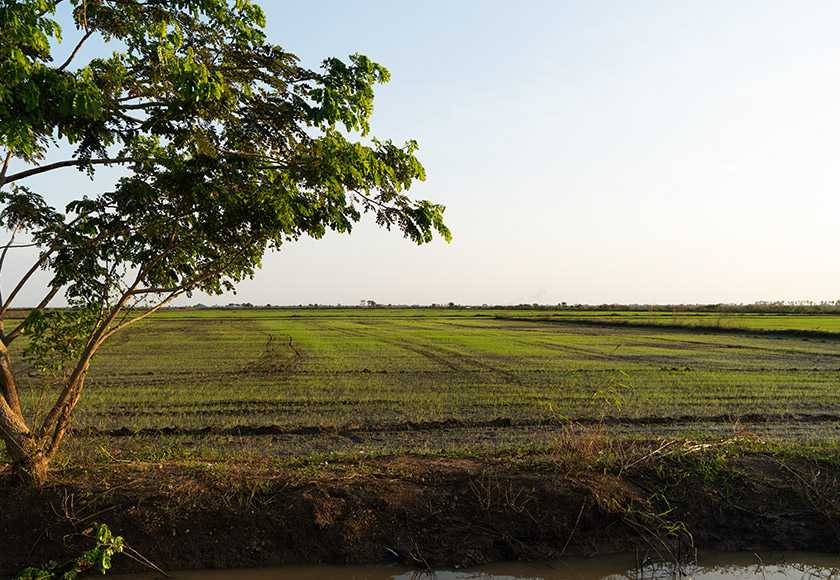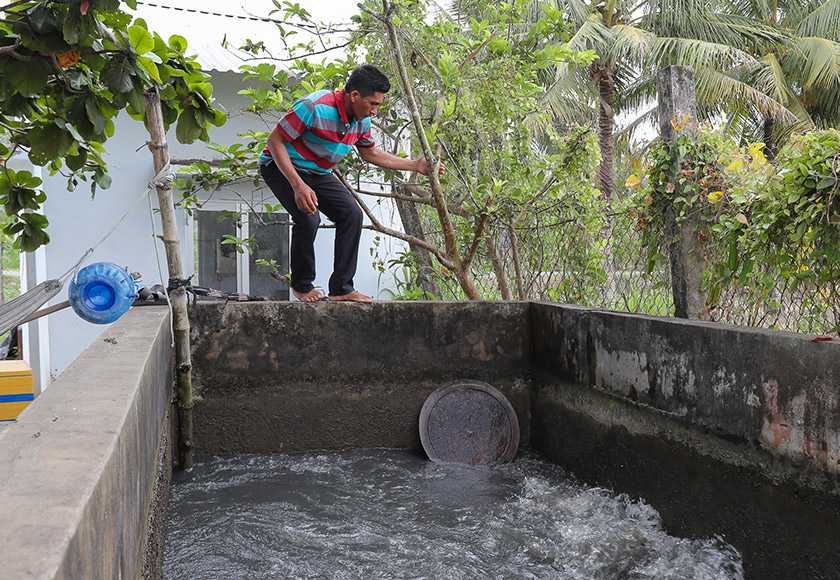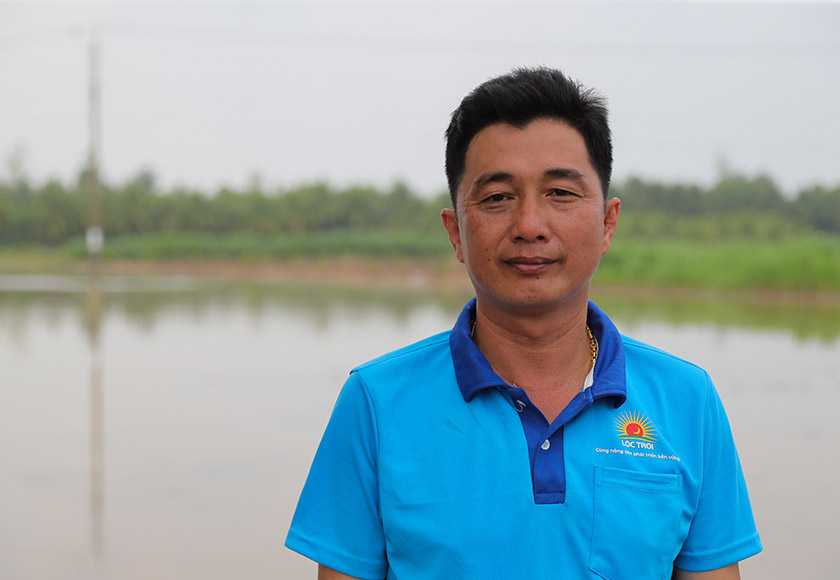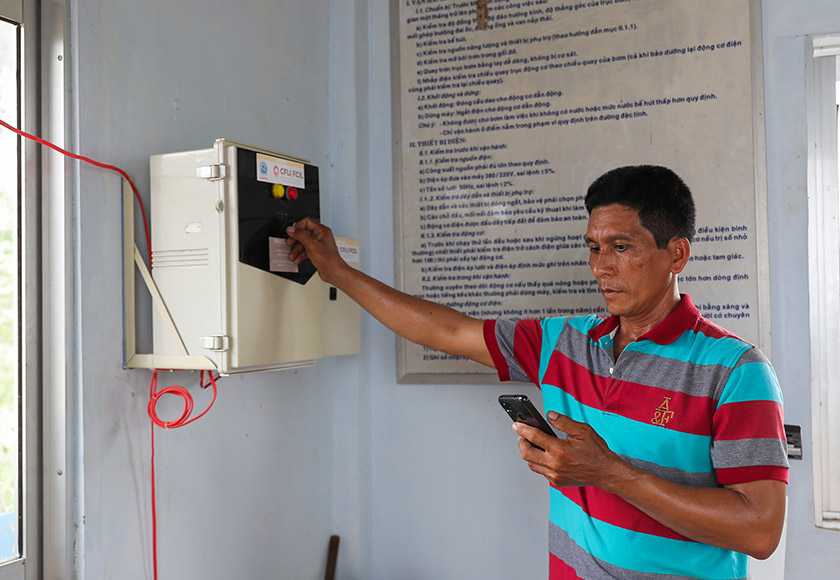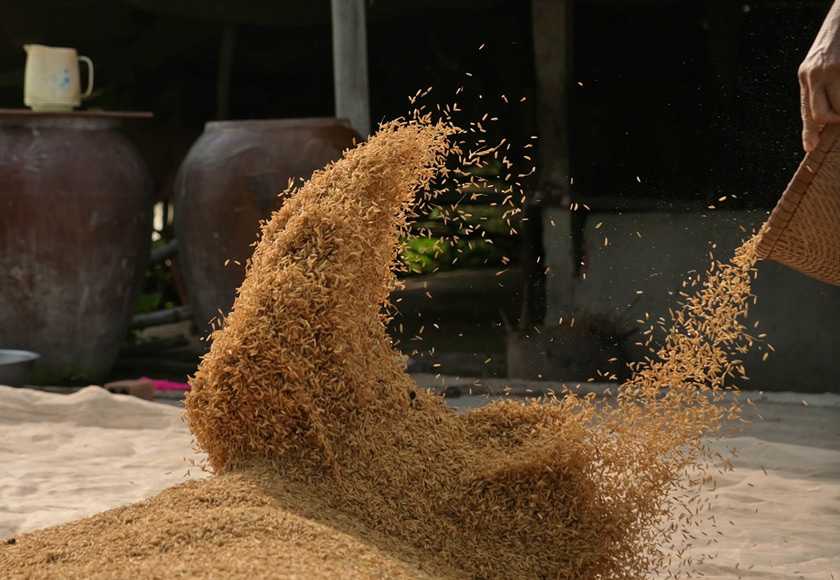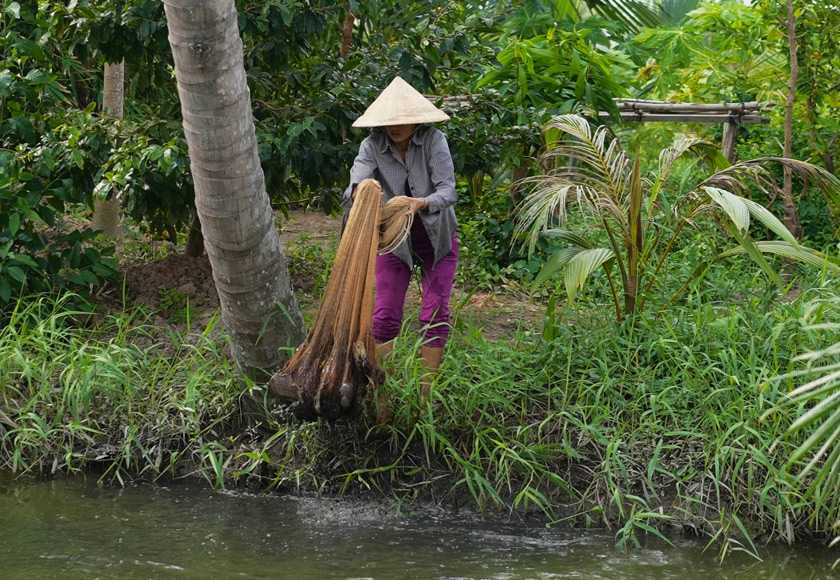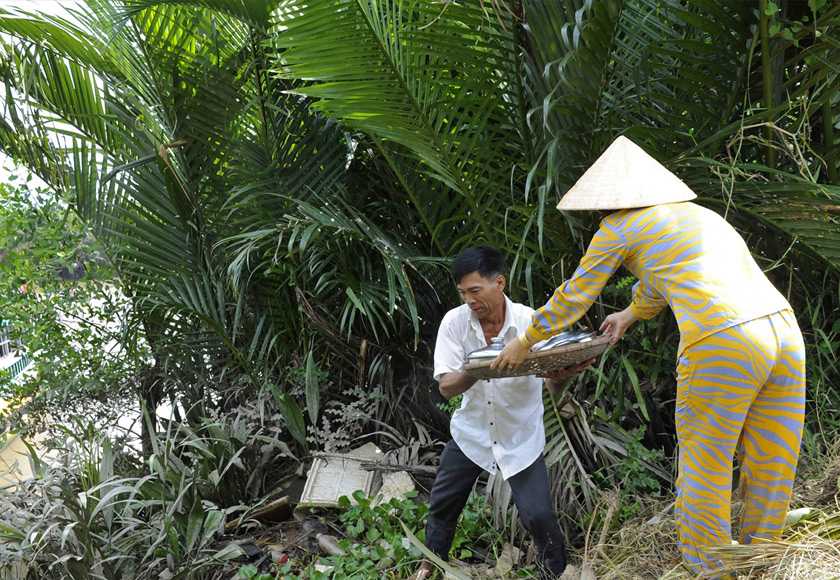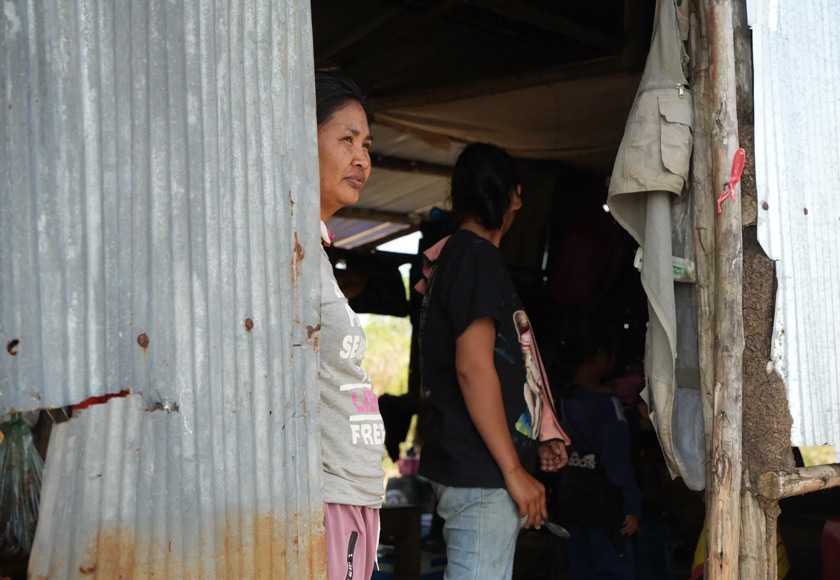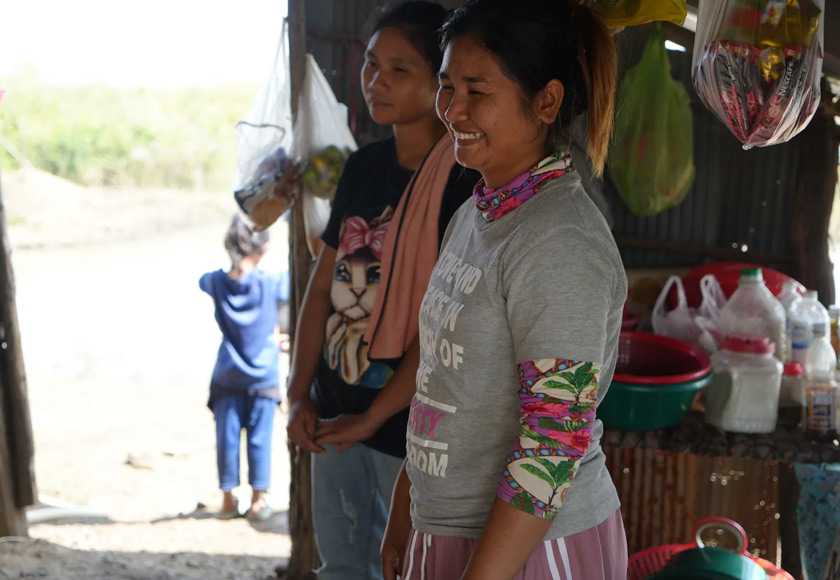Project: Rice farmers pay the price for conservation in the Mekong Basin
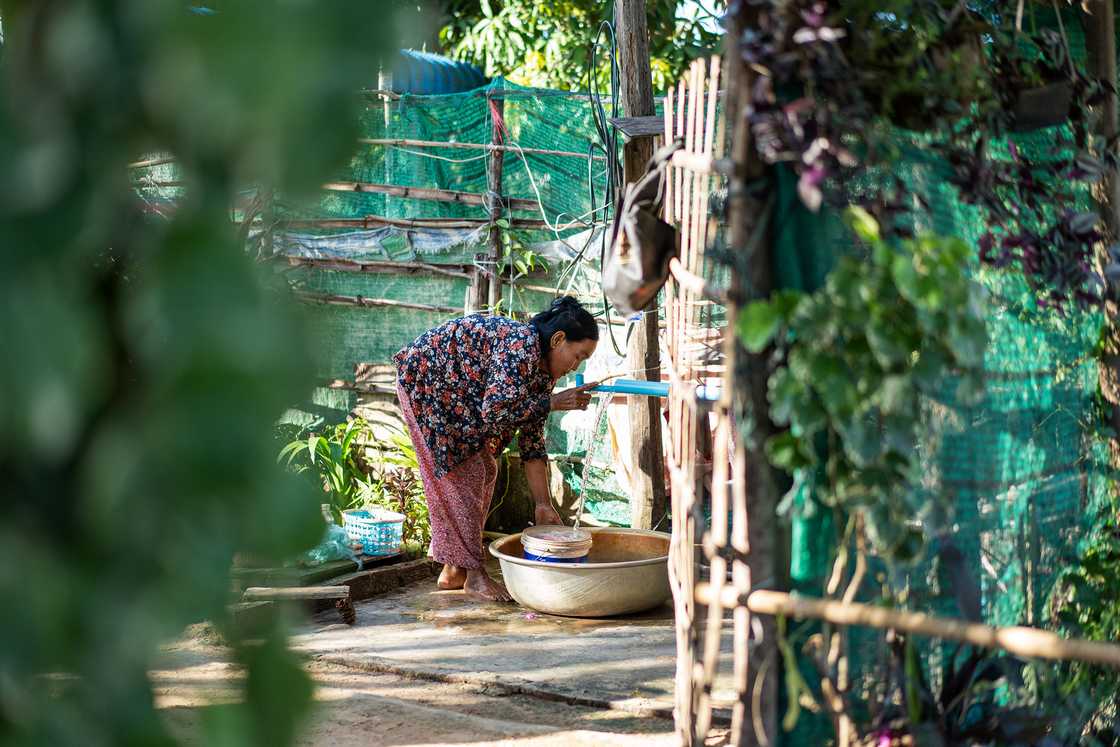
Shaurya Kshatri
2023
Rice farmers pay the price for conservation in the Mekong Basin
This series follows rice farmers from Cambodia’s Tonle Sap Lake downstream to the Delta in Vietnam where the Mekong River joins the South China Sea. Rice farming is a major industry and food source, but is under threat from a changing climate. As farmers face pressure to change how they farm in an effort to conserve the waterways, the lives and livelihoods of the small-scale farmers who fill the world’s rice bowl are being upended.
- Reported from
- Cambodia
- Vietnam
- Awards
- COPA (Feature article — academic / silver)
- COPA (Video content — academic / finalist)
- One World (Student / longlist)
Small farmers in limbo as Cambodia wavers on Tonle Sap conservation rules

Rice farmers in the flood plains of Cambodia’s Tonle Sap Lake were evicted from their land after a government conservation crackdown in 2021. But ahead of the upcoming national election, officials are backpedaling, returning land to some farmers while leaving others uncertain of their fate.
Read storyVideo 1Video 2Growing rice in Vietnam’s Mekong Delta, where fresh water is no longer a sure thing

Farmers in Vietnam’s Mekong Delta face worsening impacts of a changing climate making it tougher to farm what is one of the country’s biggest exports — rice. In response, the Vietnamese government is pushing for more sustainable farming methods.
Read storyVideo 1A Mekong island too tiny for industrial farming now points to Vietnam’s future

GRP Fellow Sonal Gupta reports on how the small Vietnamese island of Con Chim could be a model for more sustainable agriculture and tourism. Produced with additional reporting support from Kathryn Gretsinger, Giang Pham, Sen Nguyen, Dung Le, JJ Mazzucotelli, and Hafsa Maqsood.
Read storyVideo 1Microfinance was meant to help the world’s poor, but in Cambodia, it’s plunging people deeper into debt

Microfinance was hailed as a way to change the lives of hundreds of millions of people without access to credit. Global Reporting Program fellow Hanna Hett reports that in Cambodia, borrowers are now drowning in debt and being forced off their land.
Listen nowRead story

